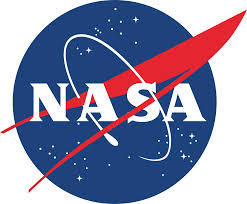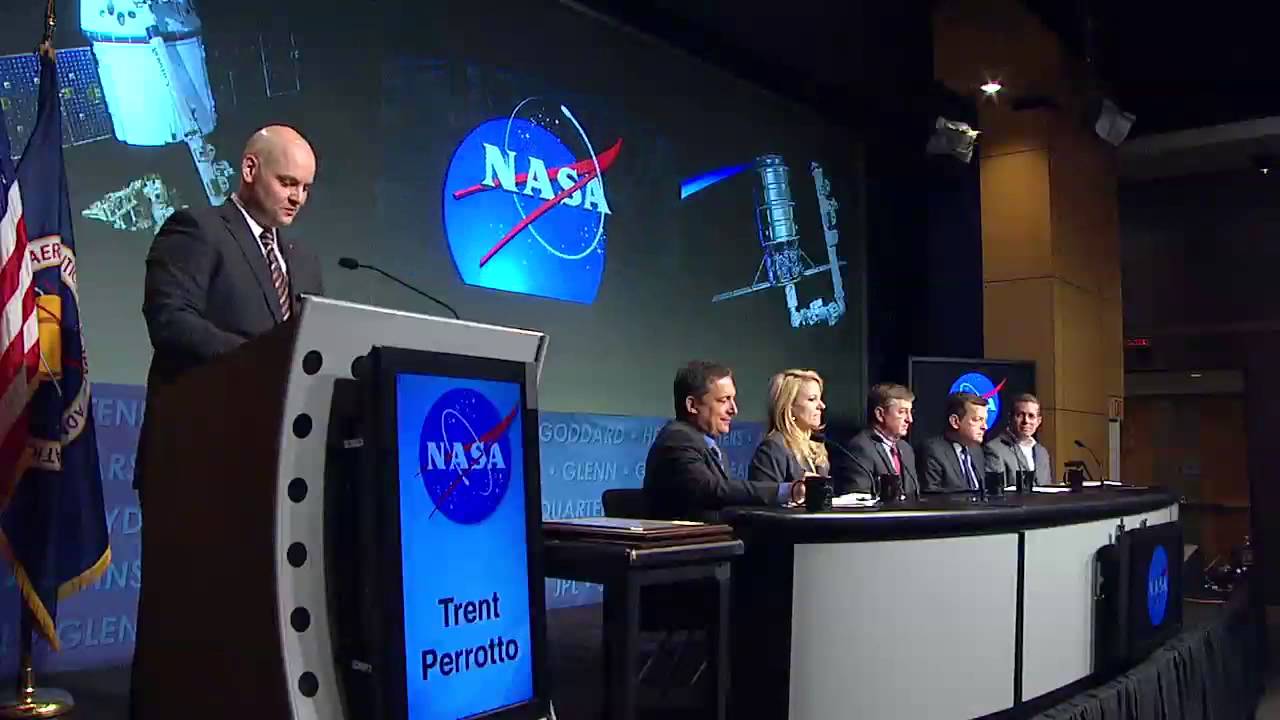1. Decide who is NASA Researcher 1, 2, or 3.
2. Each researcher prints the NASA recorder worksheets.
|
NASA Researchers
|
Description
|
Fun Facts
|
Compare and Contrast
|
Patterns
|
|
NASA Researcher #1
SUN
|
|
|
|
|
|
NASA Researcher #2
MOON
|
|
|
|
|
|
NASA Researcher #3
STARS
|
|
|
|
|
Researcher #1 you are responsible for researching the different patterns of the sun and how variations of seasons can affect the Sun. Check out this link to help you start your research:
http://www.planetsforkids.org
Researcher #2 you are responsible for researching the different patterns of the moon and how variations of seasons can affect the moon as well as the different types of moons throughout its stages.
Check out think link to help you start your research: http://solarsystem.nasa.gov/planets/profile.cfm?Display=Kids
Researcher #3 you are responsible for researching the different patterns of the stars and how variations of seasons can affect the star, also compare the different patterns that stars make and how they are developed.
Check out think link to help you start your research:
http://www.space.com/56-our-solar-system-facts-formation-and-discovery.html
3. Make Predictions as a group about the destinations
4. Make a timeline or checkpoints for when you want certain information collected by.
5. Break into your groups or individual destinations
6. Find a website that will help you collect all your information - Keep in mind it should be a credible website.
7. Add sketches, notes, questions, and facts into your NASA Journal that will be published
8. Meet with the other NASA partners to review information and questions. Here you will reevaluate the timeline and develop new ideas and answer questions.
9. Hopefully, your NASA journal is filling up with awesome information and pictures. You will be held to high expectations from the journalist from NASA who will be publishing your journal. Make sure you have no spelling mistakes or missing information’s
**DOUBLE CHECKING: Meet with your team and do a peer review of your information in the NASA journals.
10. Plan to edit any feedback you received or collect more information that you were lacking, your NASA Journal is due 5 days after your initial group meeting.

 Your Job as a NASA employee
Your Job as a NASA employee